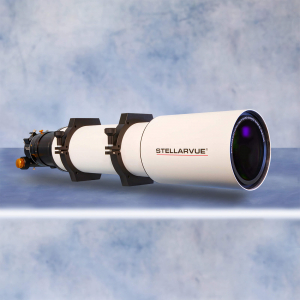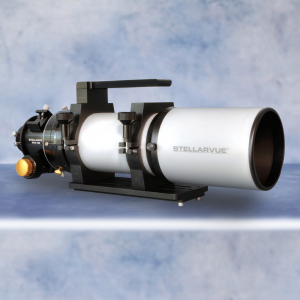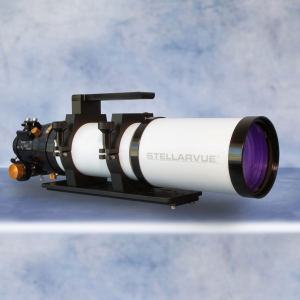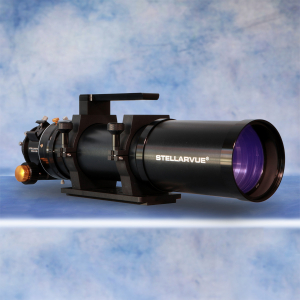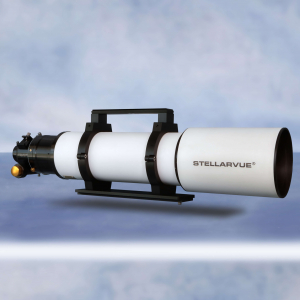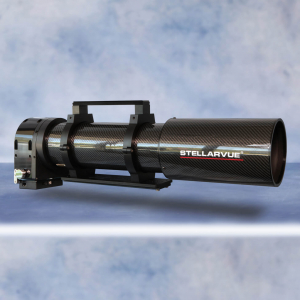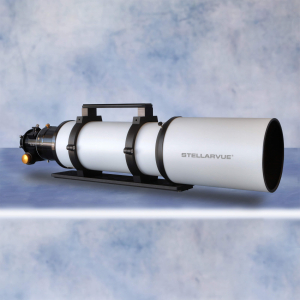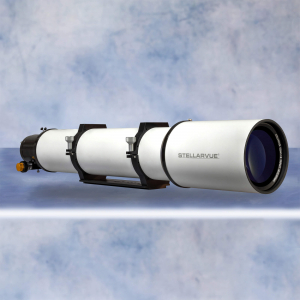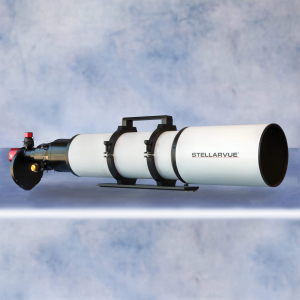SVX102T-R - Veil


Michael Telesco managed to capture this dazzling image of the Veil Nebula in Cygnus with his SVX102T-R. This cloud of heated and ionized gas and dust rests 2,400 light-years away from Earth and covers an area of sky, six times larger than the full moon. Its origin, a supernova, was a star 20 times more massive than the Sun, which exploded between 10,000 and 20,000 years ago. An analysis of the emissions from this nebula by the Hubble Space Telescope, indicates the presence of oxygen, sulfur and hydrogen.
According to Michael:
After not imaging for a while, it feels good to get some good data and some clear nights! I decided to go for the veil since it is somewhat bright and is one of my favorite looking targets for astrophotography. This was done with my QHY 268M and Antlia 4.5nm Oii and 7nm Ha filters. I did an HOO channel combination for processing which I think turned out very nicely.
Other Designations: NGC6960, NGC6995, NGC6974, NGC6979, IC1340, Cygnus Loop, Cirrus Nebula, Filamentary Nebula, Witch’s Broom Nebula (NGC960), Calwell 33, Caldwell 34.
Details:
Scope: Stellarvue SVX102T-R Raptor w/ .74x flattener/reducer
Mount: Losmandy G11
Camera: QHY 268M
Filters: Antila 4.5nm Edge Oiii, Antila 7nm Ha, all 36mm
Brain: PrimaLuceLab Eagle 4s
Flats: Optec Alnitak Flip Flat
Subs:
Ha: 53x300
Oiii: 43x300
Total Exposure: 8 hours from B5 backyard.
*To see Michael's other work, visit his Instagram @AstroTelesco and his AstroBin. You can also visit his website AstroTelesco.
References:
Uncovering the Veil (Nebula) - NASA. (n.d.). NASA. https://www.nasa.gov/image-article/uncovering-veil-nebula/
Wikipedia contributors. (2024, July 19). Veil Nebula. Wikipedia. https://en.wikipedia.org/wiki/Veil_Nebula
Admin. (2014, August 19). Veil Nebula – Constellation Guide. https://www.constellation-guide.com/veil-nebula/
Salvatore Iovene - http://iovene.com/. (n.d.). Michael Telesco’s gallery. AstroBin. https://www.astrobin.com/users/Astrotelesco/
AstroTelesco. (n.d.). AstroTelesco. AstroTelesco. https://astrotelesco.com/

